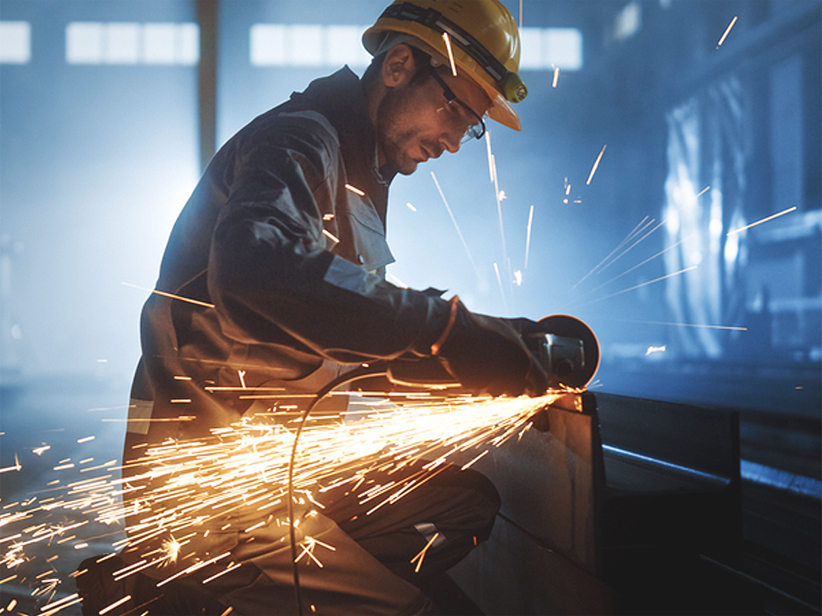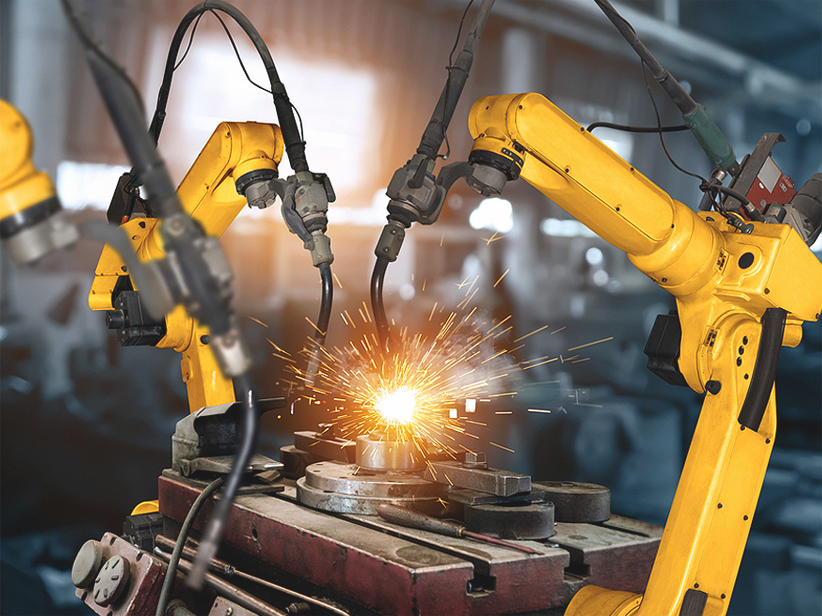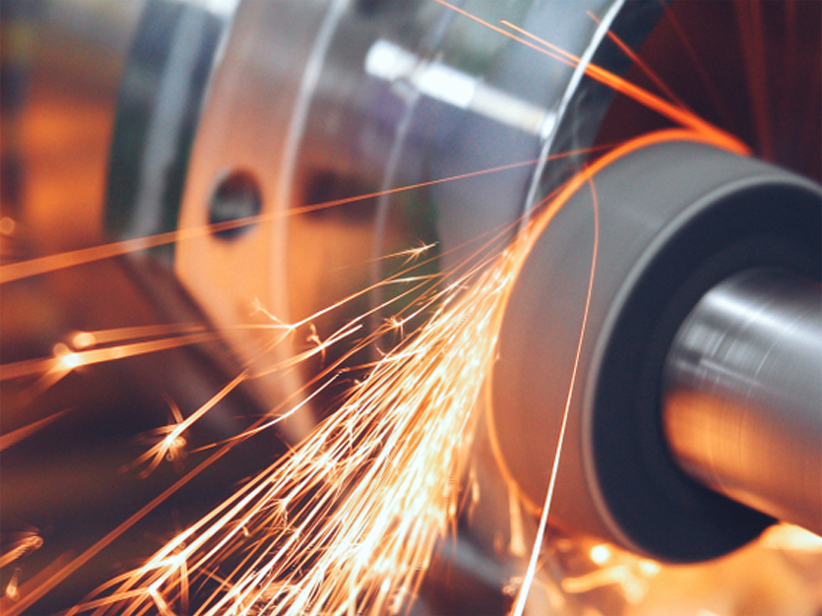

FAQ's
The Austenitic grades don’t stick to the magnet in the solution annealed condition, but after doing cold work (wire drawing), it results in a partial transformation of austenite to martensite. This increase in cold work forms the martensite phase, resulting in the material becoming magnetic.
Tensile strength is the resistance of steel to breaking under tensile tension. It is the maximum force required to break the object per unit cross-sectional area.
Yes, it is. Stainless steel has a minimum of 11% chromium as an alloying element. Chromium reacts with oxygen, providing corrosion resistance and protecting the steel from corrosion, hence it is called stainless steel. Stainless steel is available in various grades, and higher grades contain different combinations of alloying elements, resulting in varied properties.
Yes, it can be welded successfully. It requires controlling impurities and selecting the proper filler metal based on the material to be welded.
The popular finishes in stainless steel are matte and bright. However, various customized requirements from customers are met based on applications or treatments to be done on the steel to produce finished products.
- Stainless steel is more corrosion-resistant than carbon steel. Different grades of stainless steel can be selected based on the end product requirements.
- Stainless steel generally has higher strength compared to mild steel, and both steels have a range of grades with varied mechanical properties based on chemical composition and heat treatment.
There are types of stainless steel, such as Austenitic stainless steel, ferritic stainless steel, martensitic stainless steel, and ph stainless steel. Among these, Austenitic stainless steel is non-magnetic.
There are various AISI product specifications as follows:
- ASTM A 240: Standard Specification for Chromium and Chromium-Nickel stainless steel plate, sheet, and strip for pressure vessels and general applications.
- ASTM A 276: Standard specification for stainless steel bars and shapes.
- ASTM A 313: Standard specification for stainless steel spring wire.
- ASTM A 314: Standard specification for stainless steel billets and bar for forging.
- ASTM A 479: Standard specification for stainless steel bars and shapes for use in boilers and other pressure vessels.
- ASTM A 480: Standard specification for general requirements for flat-rolled stainless and heat-resisting steel plate, sheet, and strip.
- ASTM A 484: Standard specification for general requirements for stainless steel bars, billets, and forgings.
- ASTM A 493: Standard specification for stainless steel wire and wire rods for cold heading and cold forging.
- ASTM A 555: Standard Specification for General requirements for stainless steel wire and wire rods.
- ASTM A 581: Standard specification for free machining stainless steel wire and wire rods.
- ASTM A 582: Standard specification for free-machining stainless steel bars.
- ASTM A 492: Standard specification for stainless steel rope wire.
- SS304 contains a minimum of 18% chromium and 8% nickel, while SS316 contains a minimum of 16% chromium, 10% nickel, and 2% to 3% molybdenum.
- Type 316 has more resistance to corrosion due to the addition of the alloy molybdenum compared to Type 304.
- The cost of Type 304 is comparatively low compared to Type 316.




